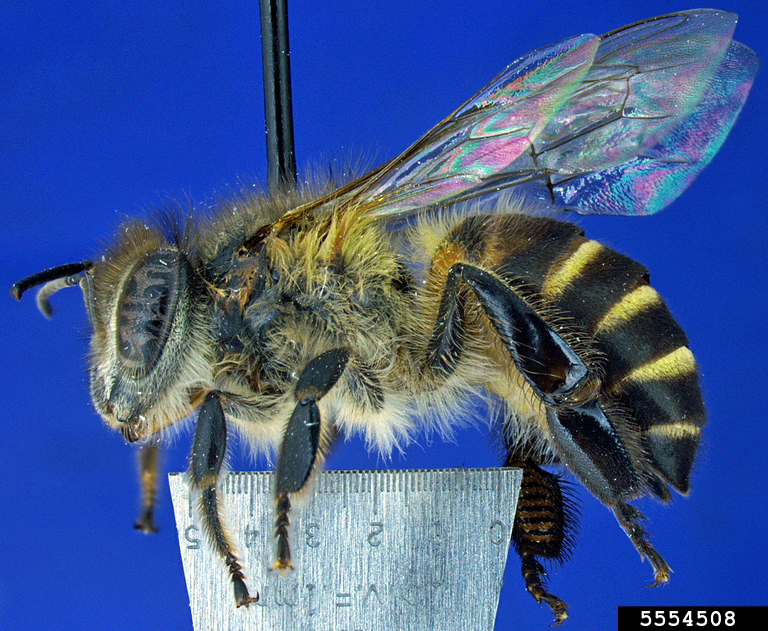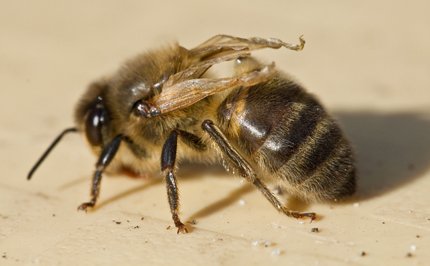Idaho In Action / Regulated and Invasive Insect Pest/ Additional Info
Plant Pest and Disease Management and Disaster Prevention Program Plant Protection Act 7721 (Farm Bill)
The U.S. Department of Agriculture’s (USDA) Animal and Plant Health Inspection Service (APHIS) provides funding through the Plant Pest and Disease Management and Disaster Prevention Program (PPDMDPP) and the National Clean Plant Network (NCPN) Programs under the authority of the Plant Protection Act’s Section 7721.
Under the Plant Pest and Disease Management and Disaster Prevention Program, APHIS funds projects organized around specific goal areas that represent critical needs and opportunities to prevent, detect, and mitigate invasive pests and diseases. The six strategic goal areas include:
Enhancing plant pest and disease analysis and survey
Targeting domestic inspection activities at vulnerable points in the safeguarding continuum
Enhancing and strengthening pest identification and technology
Safeguarding nursery production
Enhancing mitigation and rapid response capabilities
Conducting targeted outreach and education
USDA APHIS HONEYBEE PESTS AND DISEASES SURVEY
Since 2009, APHIS has funded an annual national survey of honeybee pests and diseases. The national survey documents which bee diseases, parasites, or honeybee pests are present or likely absent in the United States. Specifically, we have verified the absence of the parasitic mite Tropilaelaps spp. and other exotic threats to honeybee populations.
Although there are over 4,000 types of bees in the United States, honeybees are America's primary commercial pollinator. More than 100 types of crops grown in this country rely on pollinators. USDA's Economic Research Service (ERS) estimates that pollination is responsible for more than $18 billion in added revenue to crop production. Additionally, ERS estimates that the total annual value of U.S. honeybee products and services is approximately $700 million.
The national survey continues to be the most comprehensive honeybee pests and diseases survey to date. The survey has three goals:
Detecting potentially invasive pests, such as the exotic mite Tropilaelaps, and problematic Apis spp., such as A. cerana;
Expanding the honeybee health surveillance dataset, which provides critical long-term historical perspective of colony health; and
Identifying risk and protective factors that predict colony health and operational success by connecting honeybee health measures over time and annual colony losses.
Here's how the survey works:
The survey is open to all Idaho beekeepers commercial or hobbyist if the beekeeper has 8 or more hives.
Beekeepers in Idaho volunteer to have their apiary inspected.
Samples are collected by ISDA Staff and processed by the University of Maryland.
ISDA staff will make 1 sampling trip to an apiary yard throughout the year to collect samples. A total of 14 apiaries will be sampled.
ISDA staff will also sample five apiaries twice during the year‒ in the spring before or at the start of the honey flow and in the fall after honey flow–to more closely monitor factors that affect honeybee health seasonally.
Honeybee samples taken and preserved in alcohol will be inspected at University of Maryland using visual and microscopic analysis for the following:
Tropilaelaps presence or absence
A. cerana presence or absence
Varroa loads
Nosema spp. spore count
Live bees taken from each apiary will be immediately mailed to the UMD Honeybee Lab. There, the honeybees will be frozen at -80C and transported to the USDA ARS BRL where molecular analyses will be conducted to detect and quantify the following:
Lake Sinai virus-2 (LSV-2)
Acute bee paralysis virus (ABPV)
Chronic bee paralysis virus (CBPV)
Deformed wing virus-A (DWV-A)
Deformed wing virus-B (formerly known as Varroa destructor virus) (DWV-B)
Kashmir bee virus (KBV)
Israelí acute paralysis virus (IAPV)Slow bee paralysis virus (SBPV)
Moku Virus (MV)
Nosema ceranae
Additionally, ~3 grams of wax will be collected from brood frames and will be tested for the presence of 199 known pesticides. Pollen will be collected from the 5 apiaries undergoing the longitudinal survey sampling and sent to the USDA Agricultural Marketing Service (AMS) in Gastonia, NC for analysis.
The survey also includes a visual inspection of each hive before sampling. Presence of the following are recorded at the apiaries and entered into the BIP database, but not included in analysis.
American Foul Brood
Black Shiny Bees
Chalkbrood
Deformed Wing Virus
European Foul Brood
Idiopathic Brood Disease Syndrome (IBDS)
Sac Brood
Small Hive Beetle Adults and Larvae
Wax Moth Adults and Larvae
+ Photo Credits
Banner: (bee hives)ISDA Staff Photos: (Tropilaelaps mite) Pest and Diseases Image Library, Bugwood.org / (varroa mites) Scott Bauer, USDA Agricultural Research Service, Bugwood.org / (asiatic honey bee) Allan Smith-Pardo, USDA APHIS PPQ, Bugwood.org/ (Greater Wax Moth) Juan Campa, MGAP, BUgwood.org/ (Deformed wing virus) Klaas de Gelder, flickr.com/photos/klaasdegelder/ (Small Hive Beetle) Jessica Louque, Smithers Viscient, Bugwood.org








